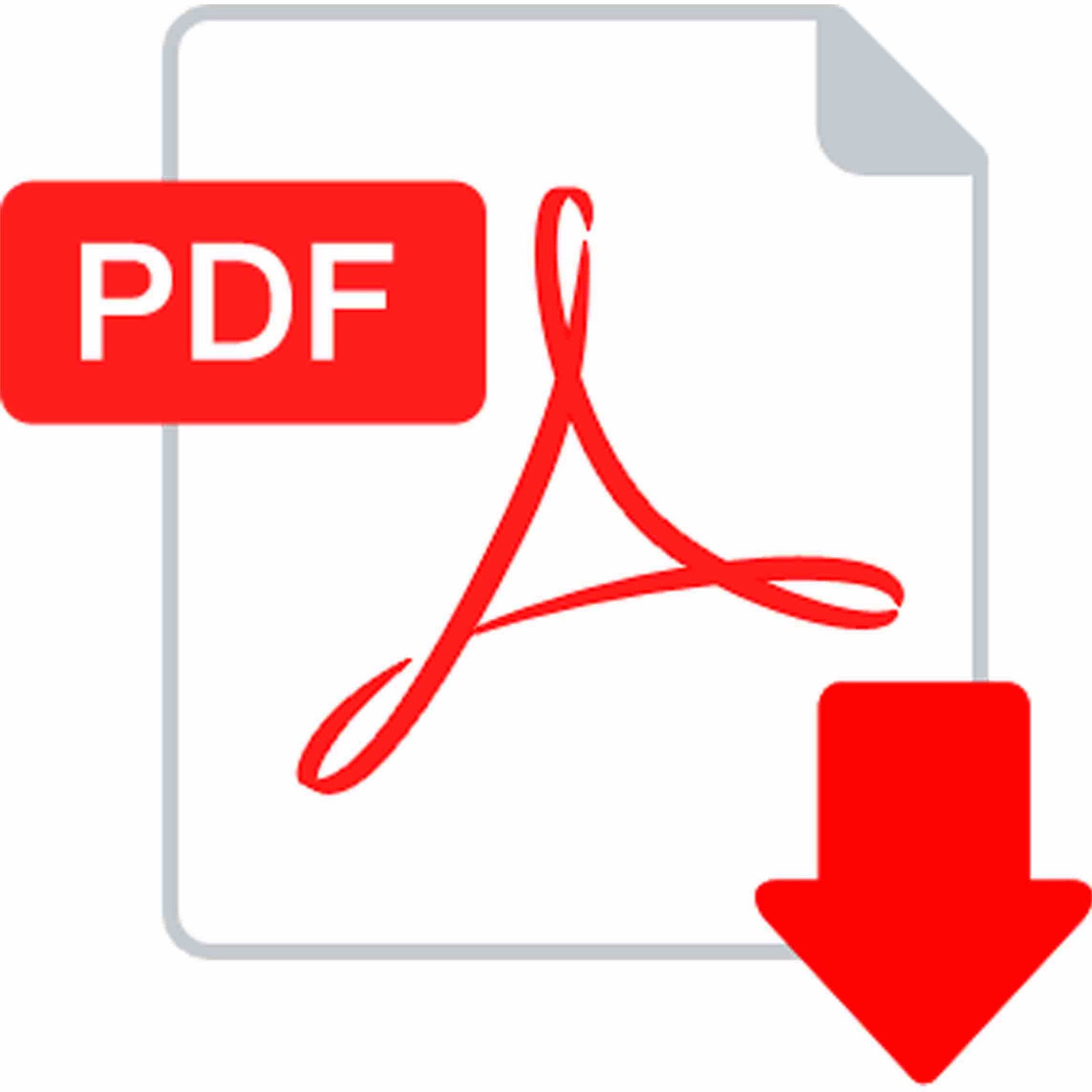| JEL Classification: O 10; O 20; Q 10. | DOI: https://doi.org/10.31521/modecon.V49(2025)-22 |
Mirzoieva Tetiana, Doctor of Economics, Professor, Professor of the Department of Economy, National University of Life and Environmental Sciences of Ukraine, Kyiv, Ukraine
ORCID ID: 0000-0002-0034-6138
e-mail: mirzoeva_tetiana@nubip.edu.ua
Harbut Maryna, Senior specialist of the department of procurement of packaging materials, PrJSC MHP
e-mail: marinaharbut@gmail.com
Gutsul Tetiana, PhD in Economics, associate Professor, Associate Professor of the Department of Economy, National University of Life and Environmental Sciences of Ukraine, Kyiv, Ukraine
ORCID ID: 0000-0002-1826-240X
e-mail: gutsul_tetiana@nubip.edu.ua
Artificial Intelligence as an Innovative Tool for Risk Management in Agribusiness
Abstract. Introduction. The article briefly describes the current state of development of artificial intelligence. The research was conducted using the example of PrJSC “Zernoprodukt MHP”, based on the fact that the agricultural holding “Myronivskyi Hliboprodukt” actively implements artificial intelligence in various areas of its business.
Purpose. Justification of the possibility of minimizing the risks of production activities, especially in the process of growing agricultural crops, through the use of artificial intelligence.
Results. The algorithm of a risk monitoring system for crop production using artificial intelligence is presented. The authors focus on the potential for minimizing production risks through an integrated management system designed to cover such areas as risk forecasting, resource optimization, pest and disease monitoring, logistics management, and strategic planning. The key stages of this system are described in detail. The focus is on the use of computerized systems to identify relationships between factors such as weather conditions, soil quality, and productivity. Based on the data collected, it is possible to accurately calculate the amount of fertilizer needed for each area of the field. In addition, the information collected can be used to apply various artificial intelligence models to predict business risks. Implementing a pest and disease monitoring system using artificial intelligence can significantly improve production efficiency and quality, as well as minimize the risk of crop loss and crop protection costs. It is noted that once the model is successfully implemented and its accuracy is verified, it can be used for real-time risk prediction.
Conclusions. The integration of artificial intelligence into agricultural production will enable producers to monitor crop and soil conditions, thereby facilitating the development of measures to mitigate the risk of crop failure. In addition, AI-based systems will allow for the consideration of various environmental and agronomic factors, improving the ability to predict risks associated with crop production. Furthermore, the optimization of resource use through the implementation of AI will help increase the efficiency of agricultural production processes while reducing the environmental impact of agricultural activities.
Keywords: innovation; artificial intelligence; risks; agribusiness; risk management; risk minimization.
References:
- Bayer vykorystovuie intelektualne rishennia dlia monitorynhu shkidnykiv ta znyzhuie na 94% vytraty na arkhitekturu [Bayer uses an intelligent pest monitoring solution and reduces architecture costs by 94%]. 2024. https://wiseit.com.ua/bayer-provides-aws/
- Haluzevi trendy. (2025) .Shtuchnyi intelekt v Ukraini: yak rozvyvaietsia haluz [Industry trends. Artificial intelligence in Ukraine: how the industry is developing]. https://hub.kyivstar.ua/articles/galuzevi-trendi-shtuchnij-intelekt-v-ukrayini-yak-rozvivayetsya-galuz.
- Hryvkivska, O.V., Heizha, Ye.O. (2024). Ryzyky hospodarskoi diialnosti ahrarnykh pidpryiemstv ta yikh neitralizatsiia v umovakh aktyvnykh boiovykh dii [Risks of economic activity of agrarian enterprises and their neutralization in conditions of active hostilities]. Kyivskyi ekonomichnyi naukovyi zhurnal, 4, 43-48. DOI: https://doi.org/10.32782/2786-765X/2024-4-5.
- Hryhorian, R.Kh. (2023). Osoblyvosti proiavu ryzykiv u diialnosti silskohospodarskykh pidpryiemstv v umovakh nevyznachenosti [Peculiarities of the manifestation of risks in the activity of agricultural enterprises in conditions of uncertainty]. Ekonomika ta upravlinnia APK, 1, 111-123.
- Hutorova, O.O., Hutorov, O.I. (2023). Osoblyvosti rozvytku ta napriamy udoskonalennia innovatsiinoi diialnosti v APK [Peculiarities of development and directions for improvement of innovative activity in agriculture]. Ahrarni innovatsii, 17, 211-217.
- Dibrova, A.D., Dibrova, L., Klymenko, M. (2024). Formuvannia systemy upravlinnia ryzykamy ahrarnykh pidpryiemstv [Formation of the risk management system of agricultural enterprises]. Aktualni problemy ekonomiky, 7(277), 188-202.
- Dorosh-Kizym, M.M., Dadak, O.O., Hachek, T.S. (2017). Innovatsii v ahrarnomu sektori Ukrainy v konteksti rozvytku yevropeiskoi intehratsii [Innovations in the agricultural sector of Ukraine in the context of the development of European integration]. Naukovyi visnyk LNUVMB imeni S.Z. Gzhytskoho, 19(81), 123-128.
- Mirzoieva, T.V., Harbut, M.S., Valiiev, D.A., Balan, O.D. (2024). Minimizatsiia ryzyku znyzhennia vrozhainosti silskohospodarskykh kultur cherez optymizatsiiu vnesennia dobryv [Minimizing the risk of crop yield reduction due to optimization of fertilizer application]. Ekonomika i upravlinnia biznesom, 15(2), 43-57. DOI: https://doi 10.31548/economics15(2).2024.041
- Mirzoieva, T.V., Herasymchuk, N.A. (2023). Shchodo otsinky ryzykiv ahrobiznesu v konteksti ESGstratehii rozvytku [Regarding the risk assessment of agribusiness in the context of ESG development strategy]. Ekonomika ta suspilstvo, 58. DOI: https://doi.org/10.32782/2524-0072/2023-58-22.
- MKhP: shtuchnyi intelekt pokrashchuie robotu enerhetykiv [Myronivskyi bread product: artificial intelligence improves the work of energy workers]. (2020). URL: https://epravda.com.ua/news/2020/08/3/663660/?utm_source=chatgpt.com.
- Nehoda, Yu., Novak, I. (2023). Innovatsiine zabezpechennia ahrarnoho sektoru Ukrainy [Innovative provision of the agricultural sector of Ukraine]. Ekonomika ta suspilstvo, (50). DOI: https://doi.org/10.32782/2524-0072/2023-50-40.
- Pollen Systems − startap, shcho vykorystovuie drony ta shtuchnyi intelekt dlia zboru y analizu informatsii [Pollen Systems is a startup that uses drones and artificial intelligence to collect and analyze information]. (2019). https://aggeek.net/ru-blog/pollen-systems–startap-scho-vikoristovue-droni-ta-shtuchnij-intelekt-dlya-zboru-j-analizu-informatsii.
- Suputnykovyi monitorynh ta analityka poliv: Innovatsii tochnoho zemlerobstva dlia pidvyshchennia vrozhainosti [Satellite Field Monitoring and Analytics: Precision Agriculture Innovations to Improve Yields]. (2024). https://farmonaut.com/precision-farming/%D1%81%D1%83%D0%BF%D1%83%D1%82%D0%BD%D0%B8%D0%BA%D0%BE%D0%B2%D0%B8%D0%B9.
- Cus, T., Suduk, N., Yemets, O., Movchun, S., Tsiupa, O. (2023). Innovatsiinyi rozvytok ahrarnoho sektora: modeli finansuvannia ta otsinka vplyvu finansuvannia na rehionalnomu rivni [Innovative development of the agricultural sector: financing models and assessment of the impact of financing at the regional level]. Financial and credit activity: problems of theory and practice, 2 (49), 181-193. DOI: 10.55643/fcaptp.2.49.2023.4021.
- Tarasiuk, A., Hamalii, V., Rzaieva, S. (2023). Shliakhy pobudovy intelektualnoi systemy upravlinnia ahrofirmoiu [Ways of building an intelligent management system of an agricultural company]. Kiberbezpeka: osvita, nauka, tekhnika, 3(19), 97‒208.
- Tomilin, O., Krasnikova, O., Hechbayia, B., Zoria, S., Drobotia, Ya., Synytsia, Yu. (2023). Upravlinnia ryzykamy v ahrarnomu sektori: finansovyi aspekt [Risk management in the agricultural sector: financial aspect]. Financial and credit activity: problems of theory and practice, 4 (51), 147-162.
- Yurasov, S. (2023). Shtuchnyi intelekt robyt kurku smachnoiu. I tse ne novyny z maibutnoho. Tse vzhe pratsiuie v Ukraini. Os vam istoriia [Artificial intelligence makes chicken tasty. And this is not news from the future. It already works in Ukraine. Here’s a story for you]. https://dev.ua/news/mkhp-1677066398?utm_source=tg&%3Butm_medium=msg&%3Butm_campaign=news_dev_ua_channel&%3Butm_content=mkhp.
- Adam M. Komarek, Alessandro De Pinto, Vincent H. Smith. (2020). A review of types of risks in agriculture: What we know and what we need to know. Agricultural Systems, 178, 102738. DOI: https://doi.org/10.1016/j.agsy.2019.102738.
- Hajiyeva, A., Mammadova, U., Tanriverdiyeva, G., & Kovalenko, O. (2024). Technological innovations in agriculture: Impact on production efciency. Scientic Horizons, 27(1), 172-182. DOI: https://doi.org/10.48077/scihor1.2024.172.
- Mohammed A. Hamed, Mohammed F. El-Habib, Raed Z. Sababa, Mones M. Al-Hanjor, Basem S. Abunasser, Samy S. Abu-Naser. (2024). Artificial Intelligence in Agriculture: Enhancing Productivity and Sustainability. International Journal of Engineering and Information Systems (IJEAIS), 8 (8):1-8, 1-5.
- Novickyté, L. (2019). Risk in agriculture: An overview of the theoretical insights and recent development trends during last decade – A review. Agricultural Economics, 65(9):435-444. DOI: https://doi.org/10.17221/11/2019-AGRICECON.
- Oliynyk, O., Skoromna, O., Gorokh, O., Mishchenko, V., Yevdokimova, M. (2021). New approach to risk assessment of certain agricultural products. Agricultural and Resource Economics: International Scientific E-Journal, 7(1), 44–57. DOI: https://doi.org/10.51599/are.2021.07.01.03.
- Stender, S., Tsvihun, I., Balla, I., Borkovska, V., Haibura, Yu. (2024). Innovative approaches to improving the agricultural sector in the era of digitalization of the economy. Scientific Horizons, 27(3), 154-163. DOI: https://doi.org/10.48077/scihor3.2024.154.
Received: 21 February 2025
|
How to quote this article? |
| Mirzoieva T., Harbut M., Gutsul T. (2025). Artificial Intelligence as an Innovative Tool for Risk Management in Agribusiness. Modern Economics, 49(2025), 161-169. DOI: https://doi.org/10.31521/modecon.V49(2025)-22. |











 Українська
Українська